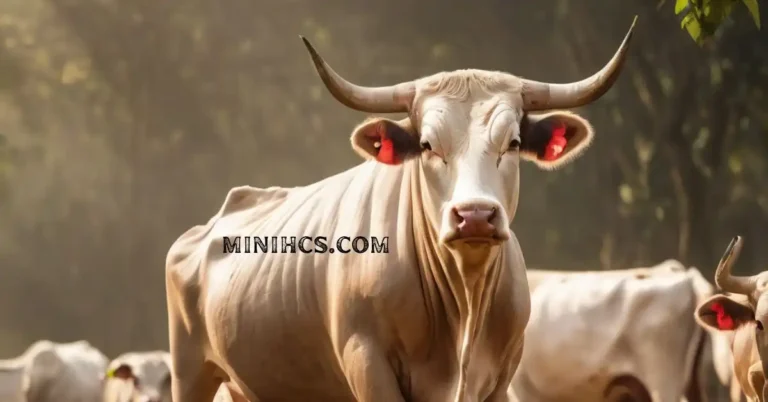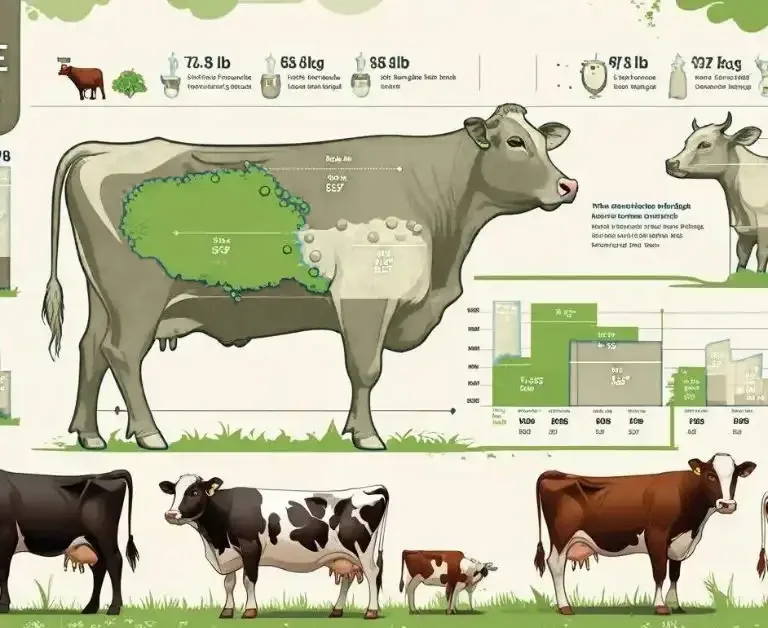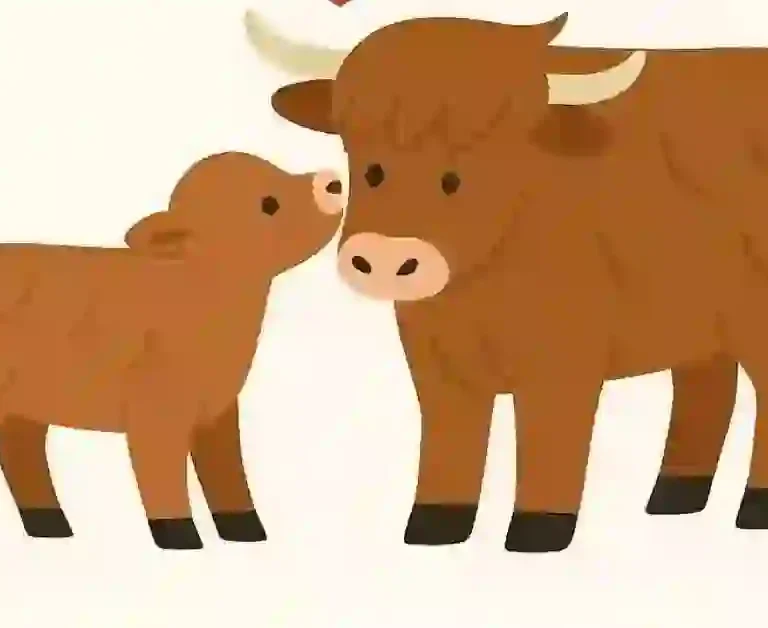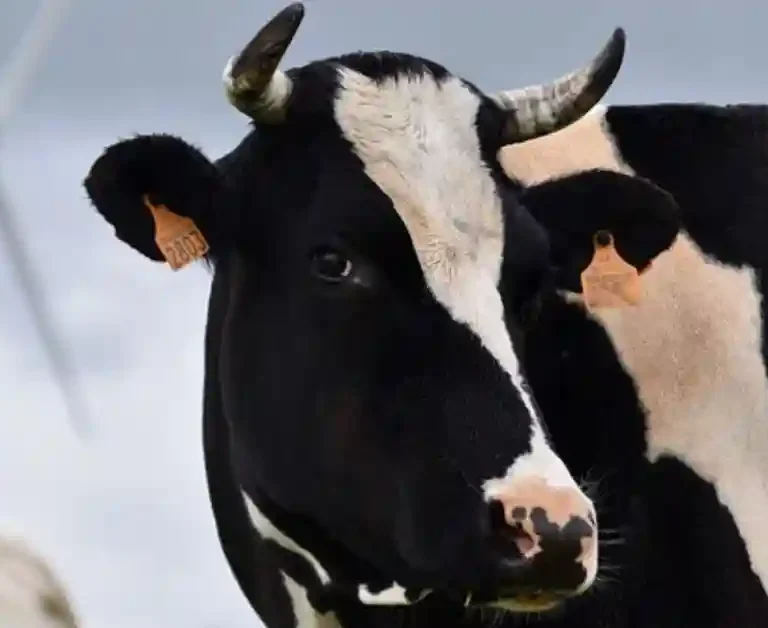How Many Cows Are in the World? World Cow Population
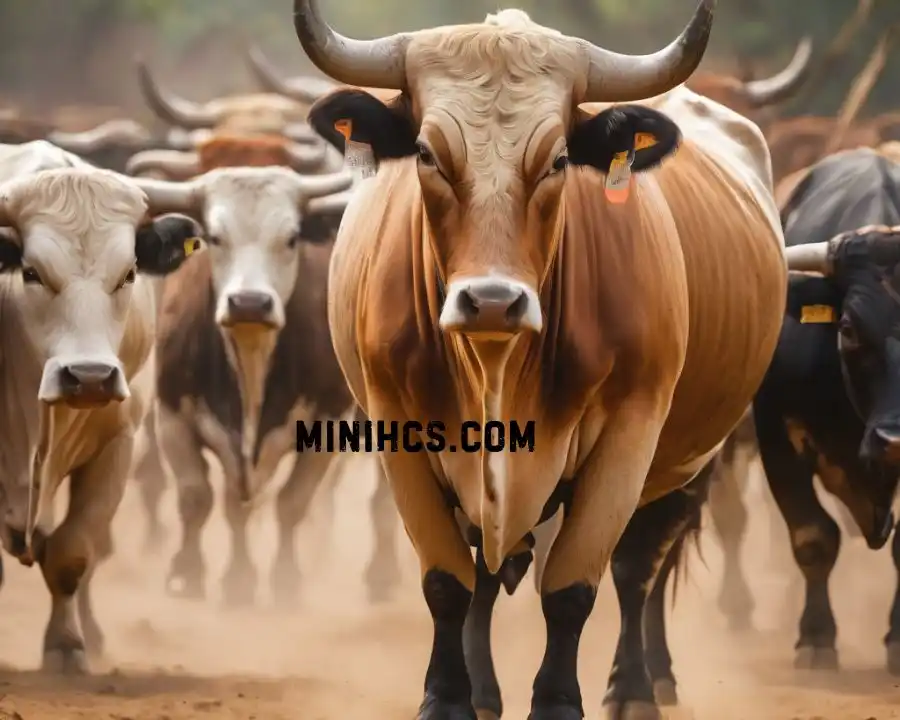
If you were to guess How Many Cows Are in the World, what number would you come up with? Would it be in the thousands? Hundreds of thousands? Millions, perhaps? The truth is, no matter your estimation, chances are you will be way off. The exact number of cows worldwide is a mystery and constantly changing. In this article, I will delve into the world of cows and try to uncover just how many Cows are in the world.
How Many Cows Are in the World?
World Cow Population
The question of how How Many Cows Are in the World is pivotal in discussions surrounding environmental impact, sustainability, and resource management. Surprisingly, the global population of cows has been a topic of contention, with varying estimates presented by different sources.
According to some data, the global cattle inventory has remained relatively stable at around one billion since the 1970s. This statistic, if accurate, carries significant implications, especially in the context of climate change discourse. It suggests that while cattle contribute to environmental issues, such as methane emissions, their impact might be overshadowed by other factors, notably the burning of fossil fuels.

However, upon closer examination, discrepancies emerge. While specific reputable sources, including the USDA, support the notion of a stable cattle population, others suggest a higher figure of around 1.25 billion. This disparity underscores the complexity of accurately quantifying the global cattle inventory and highlights the importance of relying on comprehensive and updated data sources.
Understanding the dynamics of the global cattle population is essential for addressing environmental concerns and implementing effective mitigation strategies. By continuously monitoring and evaluating these numbers, policymakers and stakeholders can make informed decisions to promote sustainability and mitigate the environmental impact of cattle farming.
The History about how Many Cows Are in the World
Cows, also known as cattle, have been domesticated for thousands of years and have played a significant role in the development of human civilizations.
Cow cows were first domesticated around 8000 BC in the ancient Near East. Since then, cows have been used for various purposes, such as providing milk, meat, and labor for farming.

Over the years, they have been bred to produce more milk and meat, and their numbers have grown exponentially. The two most common species of cows are Bos Taurus and Bos Indicus.
Bos Taurus, or European cattle, is the most widely distributed species and includes breeds such as Holsteins, Black Angus, and Jersey cows. On the other hand, Bos Indicus, also known as zebu cattle, is primarily found in India and includes breeds like Brahman and Gir. Both species are closely related and have been interbred to create new breeds, resulting in a diverse and widespread population of cows worldwide.
How Many Cows Are in the World
Different types of cows are described below in the table
| Breed | Country/Region of Origin | Primary Use | Characteristics |
|---|---|---|---|
| Aberdeen Angus | Scotland | Meat | Hardy, marbled meat |
| Ayrshire | Scotland | Dairy | High milk yield |
| Belgian Blue | Belgium | Meat | Muscular build |
| Brahman | India | Meat, Dairy | Heat tolerance, draught |
| Brown Swiss | Switzerland | Dairy | High milk fat content |
| Charolais | France | Meat | Heat tolerance, drought |
| Dexter | Ireland | Meat, Dairy | Small size, dual-purpose |
| Galloway | Scotland | Meat | Adaptability, hardiness |
| Hereford | England | Meat | Docile, good foraging |
| Holstein Friesian | Netherlands | Dairy | High milk production |
| Jersey | Channel Islands | Dairy | High butterfat content |
| Limousin | France | Meat | Lean muscle development |
| Simmental | Switzerland | Meat, Dairy | Long, shaggy coat adapted to harsh environments |
| Highland | Scotland | Meat | Long, shaggy coat, adapted to harsh environments |
| Angus | Scotland | Meat | Excellent marbling, good maternal instincts |
| Murray Grey | Australia | Meat | Docile temperament, good for pasture-based production |
| Texas Longhorn | United States | Meat | Distinctive long horns, hardy and adaptable |
| Wagyu | Japan | Meat | High marbling, tender meat |
| Red Poll | England | Dual-Purpose | Good for both milk and beef production |
| Shorthorn | England | Dual-Purpose | Versatile breed, used for both milk and beef |
| Santa Gertrudis | United States | Meat | Heat tolerance, good meat quality |
| Zebu | India | Meat, Dairy | Heat tolerance, disease resistance, dual-purpose |
This comprehensive table covers a wide range of cattle breeds, providing information on their country or region of origin, primary use (meat, dairy, or dual-purpose), and critical characteristics.
The Current State of Cows in the World
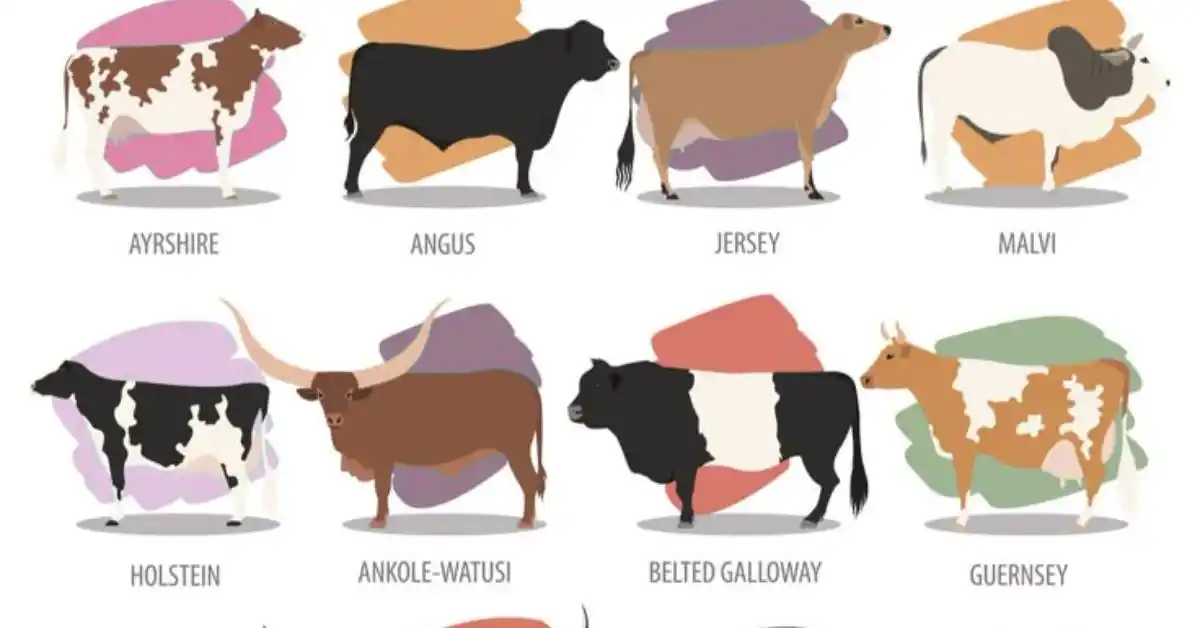
According to the Food and Agriculture Organization of the United Nations (FAO), there are an estimated 1.5 billion cows worldwide as of 2021. This number includes all breeds of cows, both domestic and wild. Asia has the largest cow population, followed by North and South America. Africa has the smallest population of cows, with only a few countries having significant numbers.
In descending order, India, Brazil, China, the United States, and Pakistan are the top five countries with the highest number of cows. India tops the list with over 300 million cows, more than the number of cows in the following three countries. Brazil, China, and the United States have approximately 200 million, 100 million, and 90 million cows, respectively, while Pakistan has around 40 million cows.
The number of how Many Cows Are in the World cows worldwide has steadily increased, thanks to technological advancements and improved breeding methods. In 1961, the global cow population was only 726 million, but by 2019, it had almost doubled. This growth has been driven by the rising demand for milk and meat, especially in developing countries.
Factors Affecting the Number of Cows in the World
Various factors, including human consumption, climate change, and disease outbreaks, influence the number of cows worldwide. Let’s look at some of the main factors that affect the population of cows.
Human Consumption
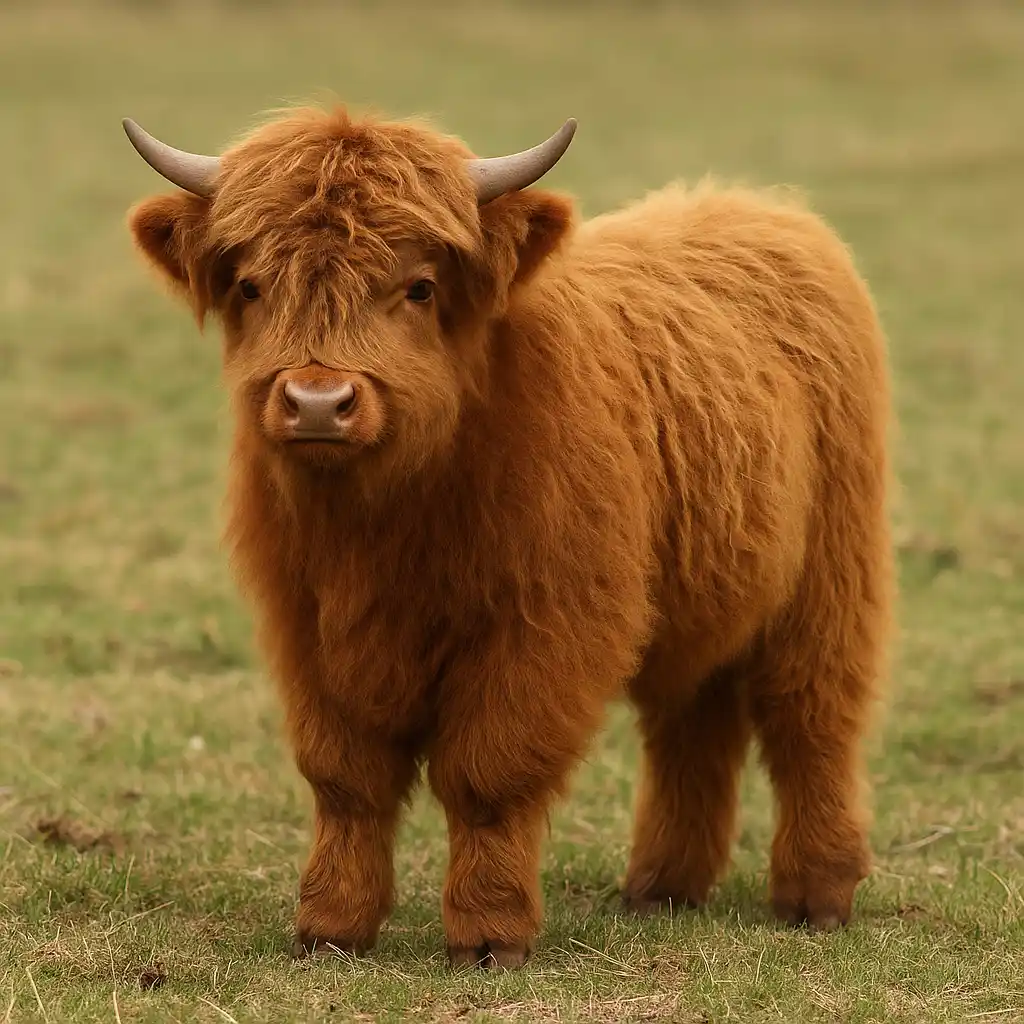
As mentioned, cows have been domesticated primarily for milk and meat. The increasing demand for these products has led to the growth of the cow population. In developing countries, the demand for milk and meat is growing as the standard of living continues to improve. This has increased the number of cows in these countries to meet the demand.
Climate Change
Climate change has significantly impacted the cow population in certain parts of the world. Droughts, floods, and other weather-related disasters can severely affect the availability of food and water for cows, decreasing their population. This is especially true in developing countries, where cows are often forced to graze in areas prone to natural disasters.
Disease Outbreaks
The cow population is also affected by disease outbreaks, which can spread quickly and result in high mortality rates. In recent years, one of the most notable disease outbreaks is the mad cow disease, which caused a significant decline in the cow population in the 1990s. Other diseases that have affected cows include foot-and-mouth disease, bovine spongiform encephalopathy, and tuberculosis.
The Future of Cows in the World
The number of How Many Cows Are in the World is expected to grow in the coming years as the demand for their milk and meat remains high. However, with the increasing concern for sustainability and animal welfare, alternative plant-based options for milk and meat are emerging. This may lead to a decline in the demand for cow products and, consequently, a decrease in the cow population. Additionally, as technologies such as lab-grown meat become more advanced, the need for traditional farming methods may decrease.
Conclusion
The exact number of How Many Cows Are in the World is constantly changing. However, we can estimate that around 1.5 billion cows are roaming Earth. To understand how many cows are in the world is vital as we strive for sustainability. As environmental conditions and consumer preferences evolve, monitoring their numbers becomes essential in shapping agricultural practices and ensuring the welfare of humans and these magnificent animals.
